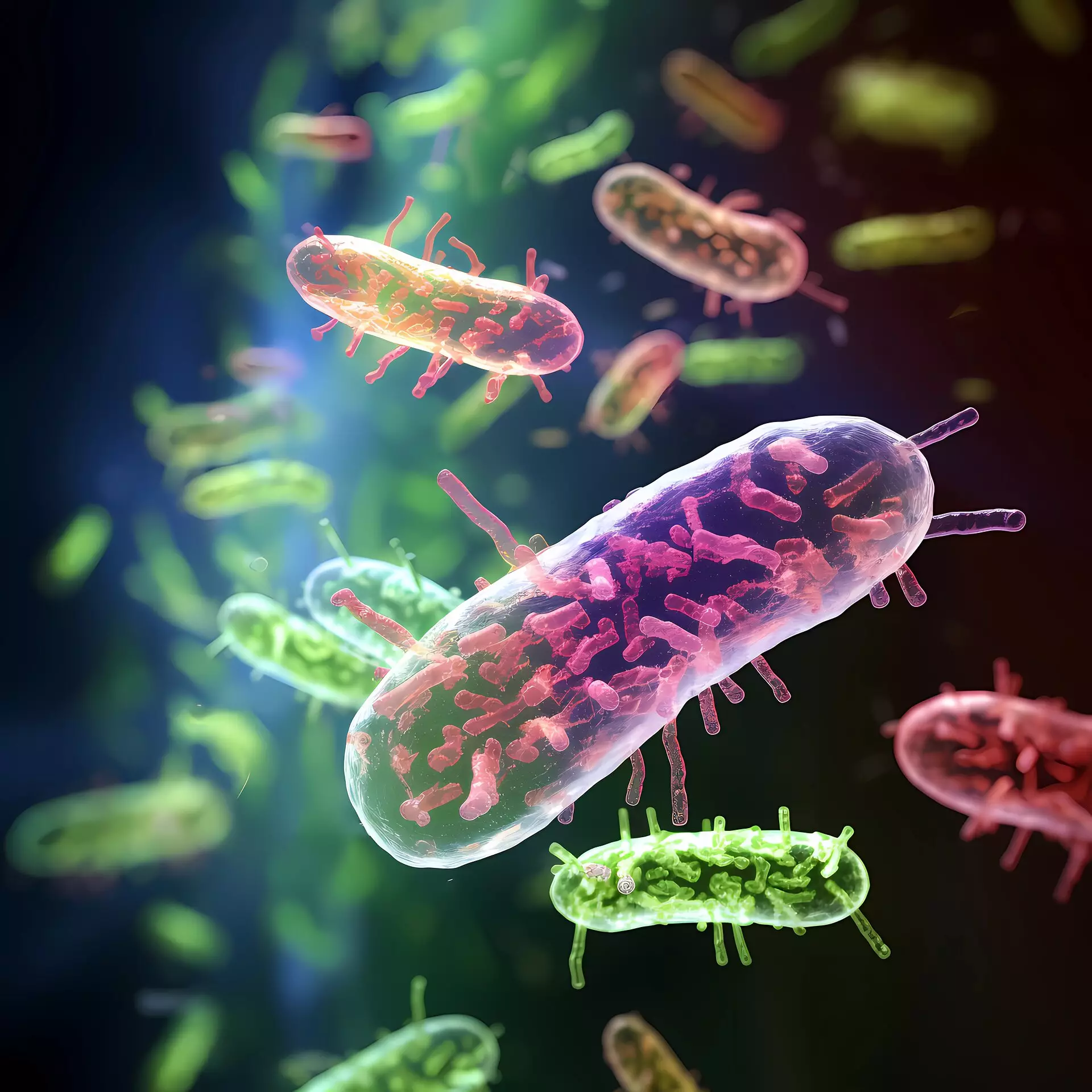In the realm of physics and materials science, active matter presents an exciting area of study, captivating researchers due to its unique and often unpredictable behaviors. Unlike conventional materials, active matter, which includes living organisms like bacteria, moves spontaneously by harnessing energy from its environment or internally. This distinctive property not only makes active matter a subject of fascination but also poses significant questions about its interactions and behaviors under various conditions. The groundbreaking research led by Professor Xu Ning from the University of Science and Technology of China (USTC) exemplifies the innovative analytical approaches that scientists are using to uncover the complexities of active matter.
Collective Motion: A Shared Phenomenon
The dynamism of active matter becomes particularly apparent when examining collective motion. As groups of active particles come together, they often display intricate and fascinating patterns of movement. This behavior is a hallmark of non-equilibrium systems, where individual components act independently while simultaneously influencing one another, leading to emergent collective dynamics. Interestingly, the collective motion seen in active matter bears striking similarities to the behaviors observed in sheared systems—traditional materials under shear stress. Professor Xu’s team takes a bold stance, positing that these two seemingly disparate systems share a commonality regarding their thinning behaviors, challenging long-standing perspectives in the field.
The Dynamics of Viscosity and Shear Factors
One of the pivotal findings of this research is the correlation between viscosity changes in active matter compared to conventional fluids subjected to shear forces. In Newtonian fluids, shear action generally results in the alignment of molecules, maintaining structural integrity and viscosity. However, the introduction of active matter alters this equilibrium. Here, viscosity drops dramatically as clusters of particles break apart due to the erratic directions of active forces, presenting a compelling case for the interplay between energy input methods and material behavior.
This behavior not only suggests that active matter has the ability to disrupt percolating clusters but also raises questions about the macro-scale implications of such dynamics. When E. coli, a biological model of active matter, demonstrates “superfluid” characteristics, it opens up discussions about practical applications ranging from biophysics to materials engineering. The team’s exploration provides a new lens through which we can understand how energy transformations influence material states and interactions.
Challenges and Future Directions
While the findings are groundbreaking, they also illuminate the complexity of accurately modeling active matter systems. The diversity in their behaviors and reactions to energy inputs challenges researchers to develop comprehensive frameworks that consider both individual and collective dynamics. This dynamism presents fertile ground for future research avenues and potential technological innovations. One can speculate that a deeper understanding of these principles could unlock new approaches in designing smart materials that mimic biological systems.
As exciting as these revelations are, they also call for a critical evaluation of existing theories in fluid dynamics and materials science. The apparent correlations between active matter and shear systems compel scientists to rethink long-held beliefs and foster interdisciplinary collaborations. The implications of this understanding may extend beyond academia and into real-world applications, revolutionizing industries reliant on advanced fluid dynamics and collective system behaviors.


Leave a Reply